Throughout history, some technologies have emerged that were far ahead of their time. These innovations, often forgotten or overlooked, paved the way for modern advancements. From ancient inventions to early 20th-century breakthroughs, let’s explore the forgotten technologies that were truly revolutionary.
Antikythera Mechanism

The Antikythera Mechanism, discovered in an ancient Greek shipwreck, is often considered the world’s first analog computer. Dating back to around 100 BC, it was used to predict astronomical positions and eclipses for calendrical and astrological purposes. The mechanism consisted of a complex system of gears and was incredibly advanced for its time, demonstrating a level of technological sophistication that wouldn’t be seen again for over a millennium.
Baghdad Battery
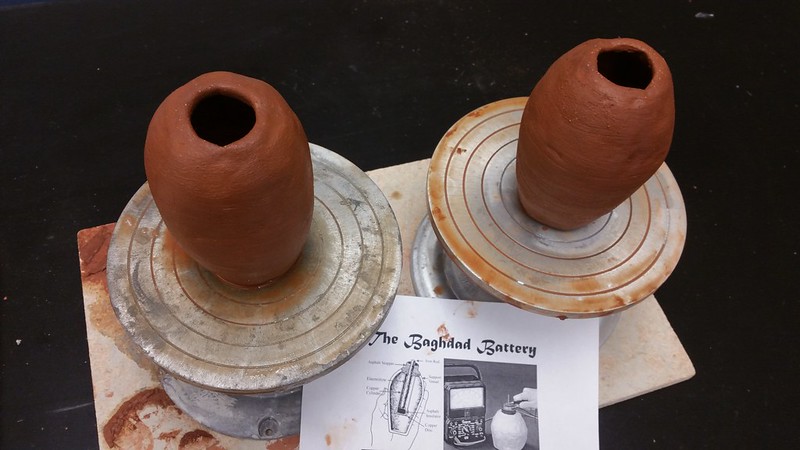
The Baghdad Battery, believed to be from the Parthian or Sassanid period (circa 250 BC to AD 650), is a set of terracotta jars containing copper cylinders. When filled with an acidic liquid, they produce an electric current. This ancient technology might have been used for electroplating or simple medical treatments, showcasing early experimentation with electricity long before modern batteries were developed.
Pneumatic Subway
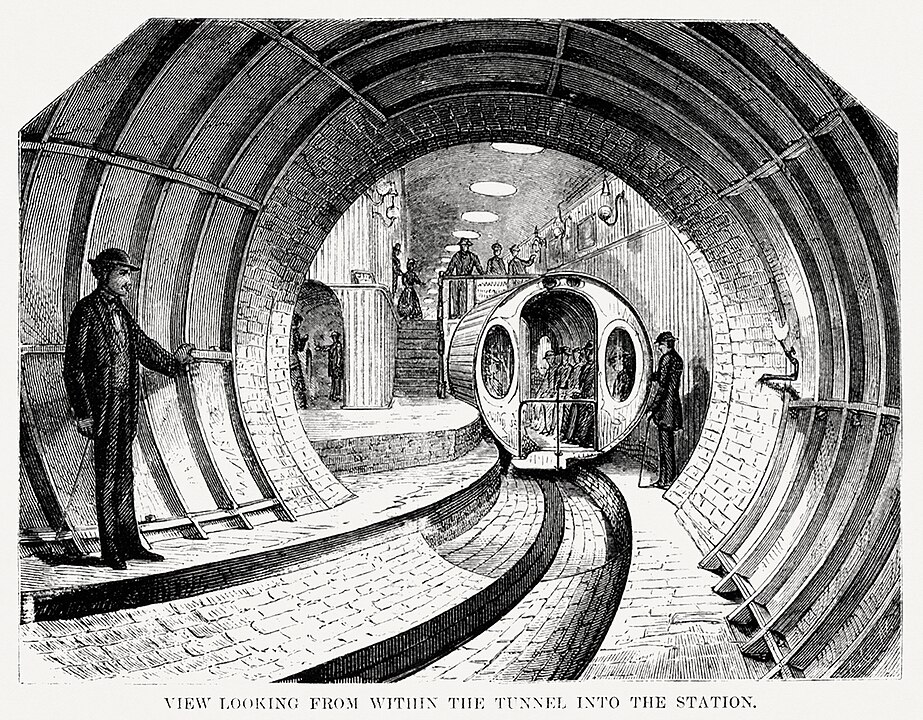
In the 1860s, Alfred Ely Beach designed a pneumatic subway system in New York City. This system used air pressure to propel passenger cars through underground tunnels. Although it was efficient and quiet, it was overshadowed by the development of electric-powered subways. Beach’s pneumatic subway remains a testament to innovative transportation concepts that predated their practical implementation by decades.
Tesla’s Wardenclyffe Tower

Nikola Tesla’s Wardenclyffe Tower, built in the early 1900s, was an ambitious project aimed at providing wireless transmission of electrical power. Tesla envisioned a global network of wireless communication and power transmission. However, due to financial difficulties and lack of support, the project was never completed. Today, it symbolizes early advancements in wireless technology that were far ahead of their time.
Babbage’s Difference Engine
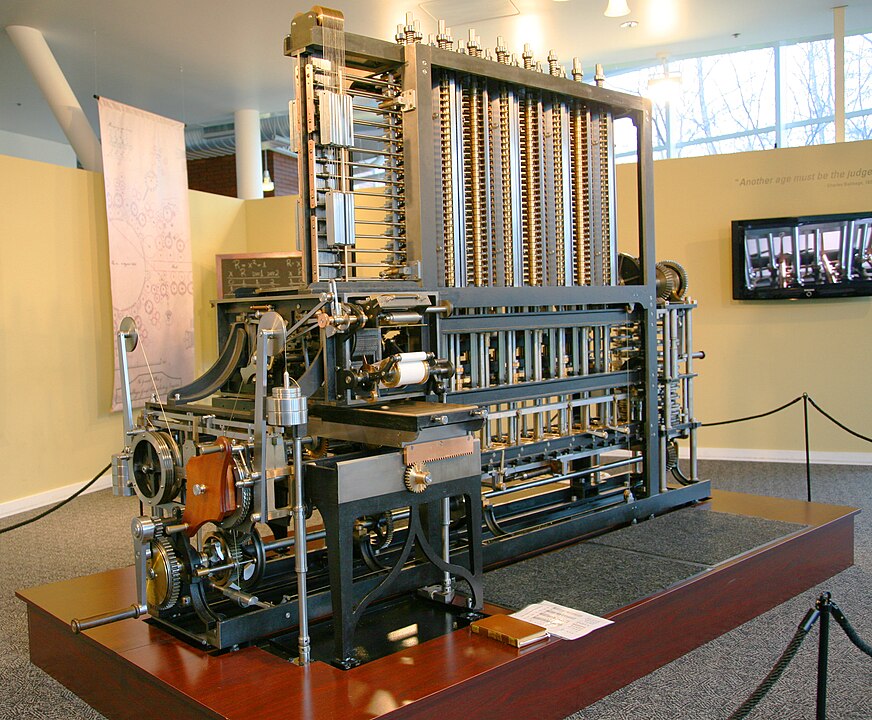
Charles Babbage conceptualized the Difference Engine in the 1820s, a mechanical device designed to automate mathematical calculations. Although it was never completed during his lifetime, the Difference Engine is considered a precursor to modern computers. Its intricate system of gears and levers could perform polynomial functions, demonstrating an early understanding of computational machinery.
Starlite

Starlite, developed by amateur chemist Maurice Ward in the 1970s, was a heat-resistant material capable of withstanding extreme temperatures without burning. Despite its incredible potential for use in aerospace and firefighting, Starlite never saw commercial production due to Ward’s secrecy and reluctance to share the formula. Its properties remain unmatched by many modern materials, highlighting its advanced nature.
Steam-Powered Automobiles
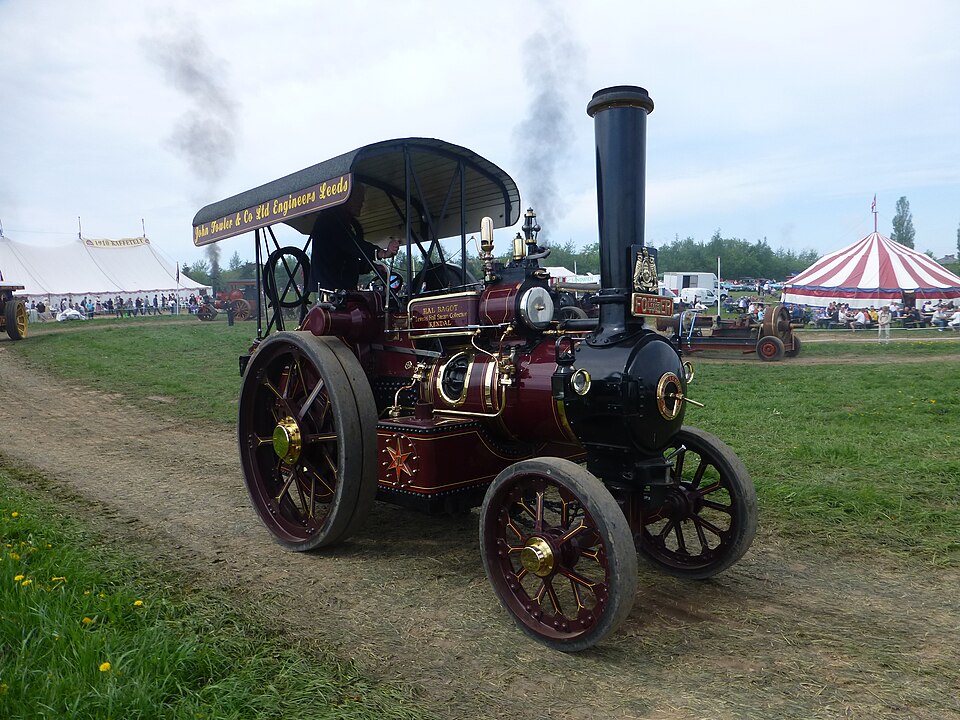
Before internal combustion engines became dominant, steam-powered automobiles were a popular mode of transportation in the late 19th and early 20th centuries. These vehicles were efficient and had fewer emissions compared to gasoline engines. The Stanley Steamer, for instance, could reach speeds of up to 127 mph. Despite their potential, steam cars were eventually phased out due to the convenience of gasoline engines.
Vinyl LP Records

Long before the digital music revolution, vinyl LP records provided high-fidelity sound quality that many audiophiles still consider superior to digital formats. Introduced in the 1940s, LPs allowed for longer playtimes and better audio clarity. While digital music is more convenient, the analog sound quality and tactile experience of vinyl records continue to be cherished by enthusiasts, showcasing an enduring technology.
Optical Telegraph

Invented in the late 18th century by Claude Chappe, the optical telegraph was a system of towers equipped with pivoting arms to convey messages across long distances using visual signals. This precursor to the electrical telegraph enabled rapid communication over hundreds of miles, significantly faster than traditional methods like horseback couriers. Despite its eventual obsolescence, it laid the groundwork for modern telecommunications.
Zeppelins
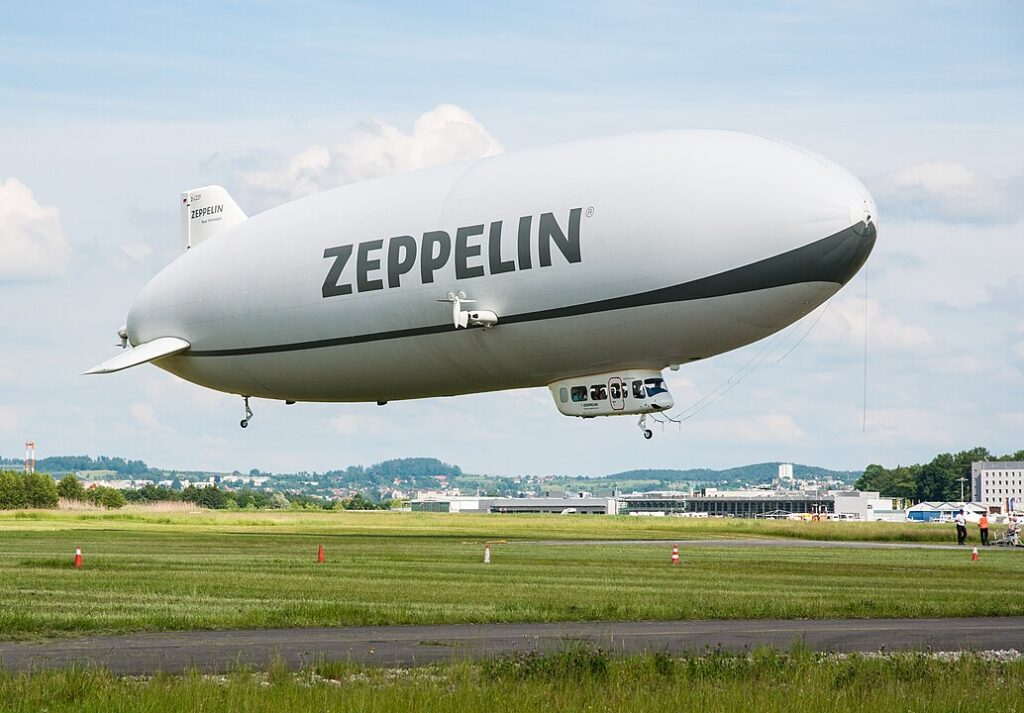
Rigid airships, known as Zeppelins, were a major advancement in early 20th-century aviation. They offered long-range, comfortable air travel and were used for passenger transport, military reconnaissance, and cargo delivery. The Hindenburg disaster in 1937 led to their decline, but Zeppelins demonstrated the potential for lighter-than-air travel and influenced the development of modern airships.
Electric Cars (Early 1900s)
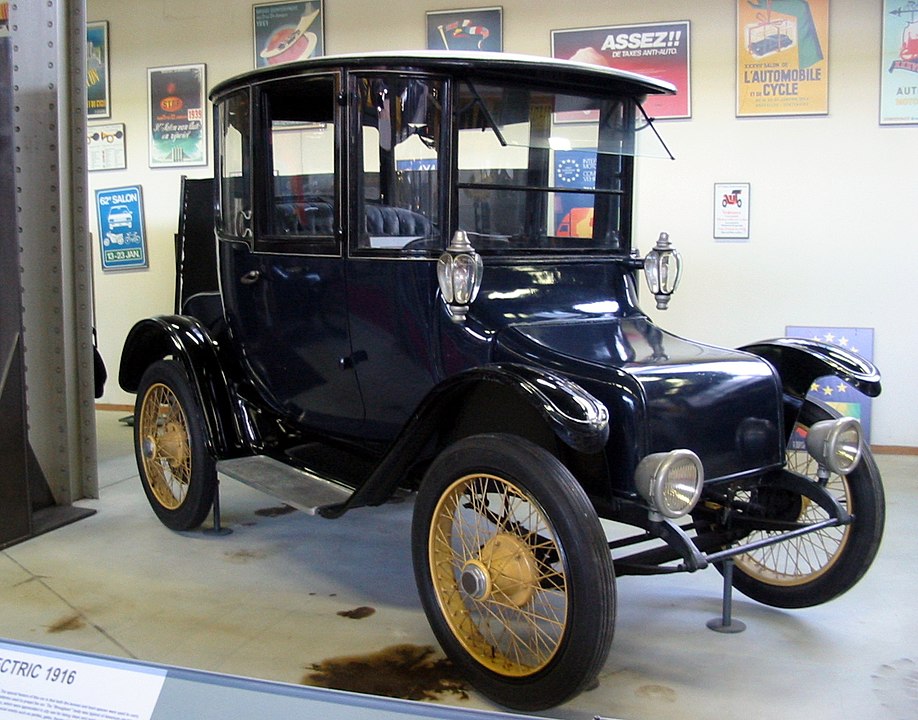
Electric cars were popular in the early 1900s, providing a quiet, clean alternative to gasoline-powered vehicles. Models like the Detroit Electric were widely used, especially by urban residents. However, the advent of cheap gasoline and advances in internal combustion engines led to their decline. The recent resurgence of electric vehicles underscores the early promise of this technology.
Edison’s Kinetoscope
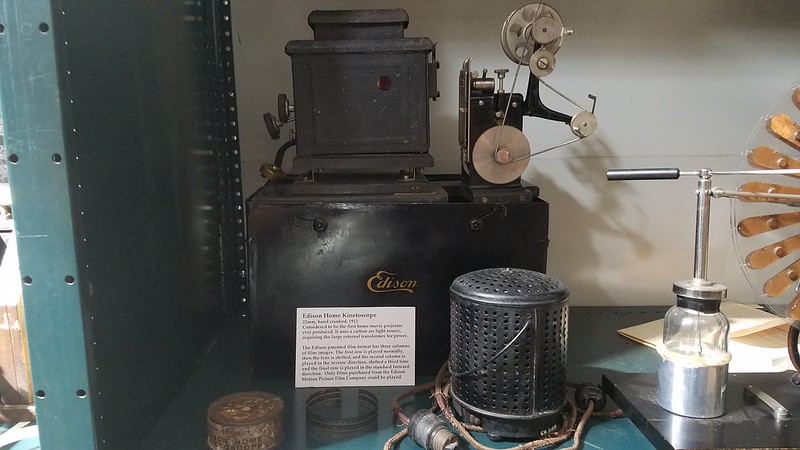
Thomas Edison’s Kinetoscope, developed in the 1890s, was one of the first devices to create the illusion of motion pictures. This early film viewer allowed individuals to watch short films through a peephole viewer. While it was eventually replaced by more advanced projection systems, the Kinetoscope marked a significant step in the evolution of cinema technology.
Mechanical Television
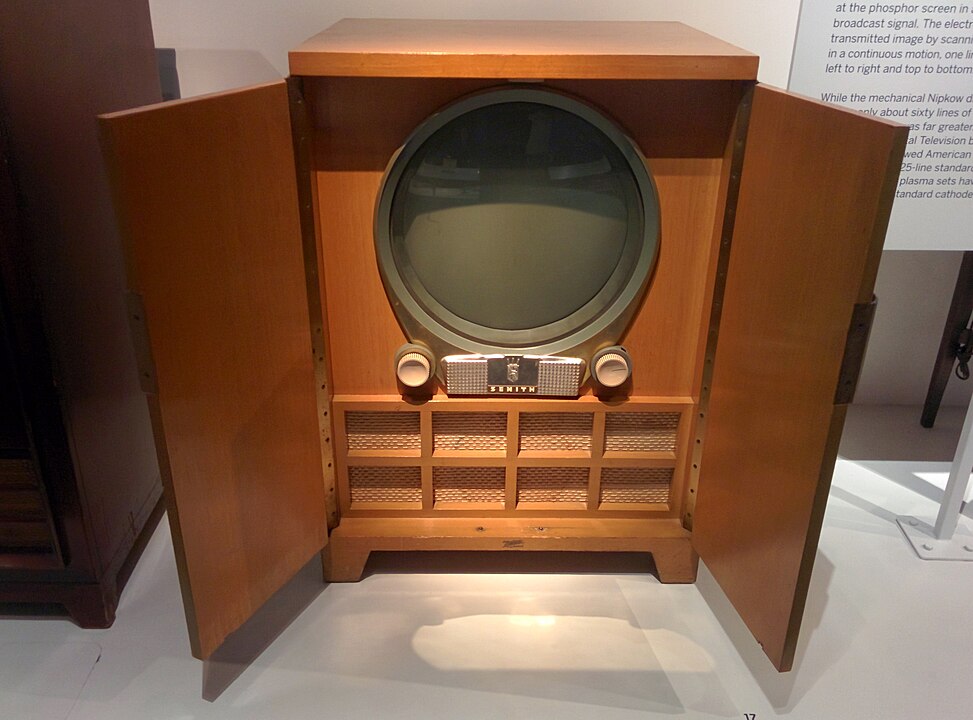
Mechanical television, developed in the 1920s by John Logie Baird, used a spinning disk to scan images for transmission. Although it produced low-resolution pictures, it was a pioneering effort in bringing visual broadcasts to the public. Mechanical systems were soon overtaken by electronic televisions, but Baird’s invention remains a crucial milestone in the history of television.
Analog Computers
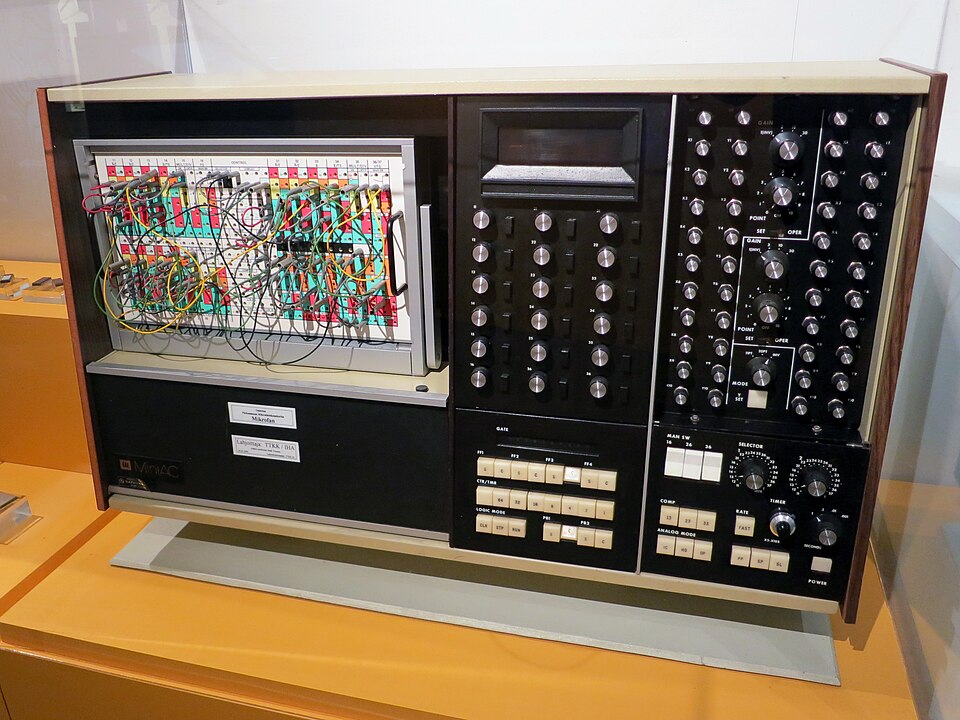
Analog computers, such as the Differential Analyzer developed in the 1930s, used continuous physical phenomena (like electrical voltage) to model and solve complex mathematical equations. These computers were incredibly useful for engineering and scientific calculations before digital computers became prevalent. Their innovative approach to problem-solving showcases an early understanding of computational technology.
Aerodrome
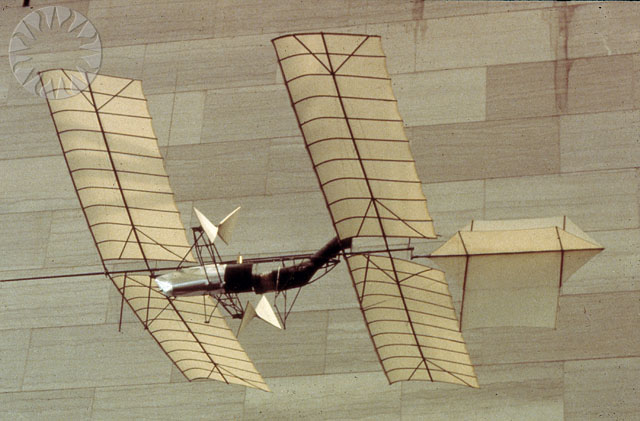
Samuel Langley’s Aerodrome, an early attempt at powered flight in the late 19th century, featured a steam-powered aircraft designed to achieve sustained flight. Despite initial failures, Langley’s work contributed to the understanding of aerodynamics and powered flight. The Wright brothers later built on this knowledge to achieve the first successful powered flight, but Langley’s Aerodrome was ahead of its time.
Hyperloop Concept
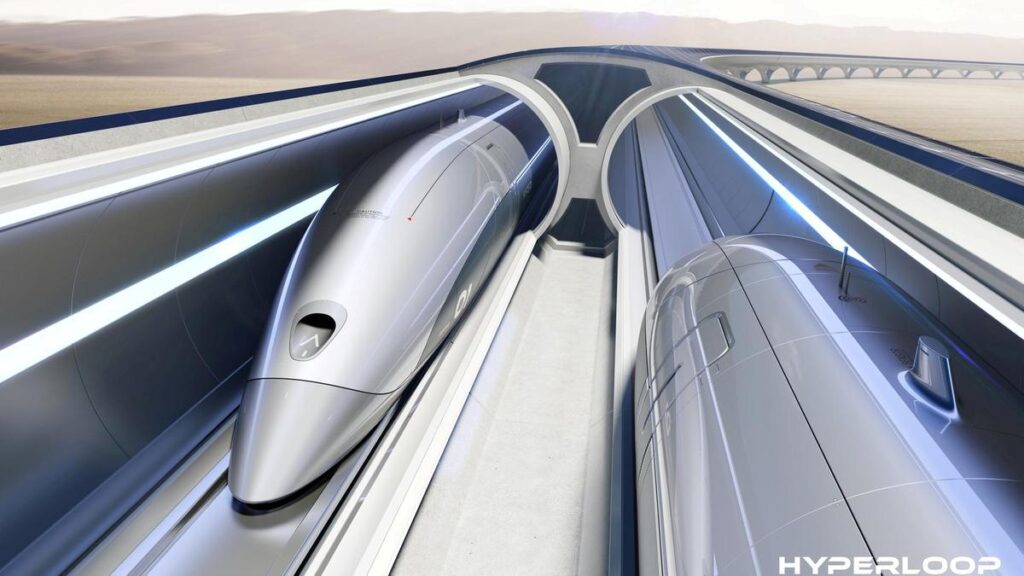
First proposed by Elon Musk in 2013, the Hyperloop is a high-speed transportation system utilizing low-pressure tubes to propel pods at speeds exceeding 700 mph. While still in the experimental stage, the concept has the potential to revolutionize long-distance travel, offering faster, more efficient alternatives to traditional rail and air travel. Its innovative design and potential impact make it a forward-thinking technology.
Photophone
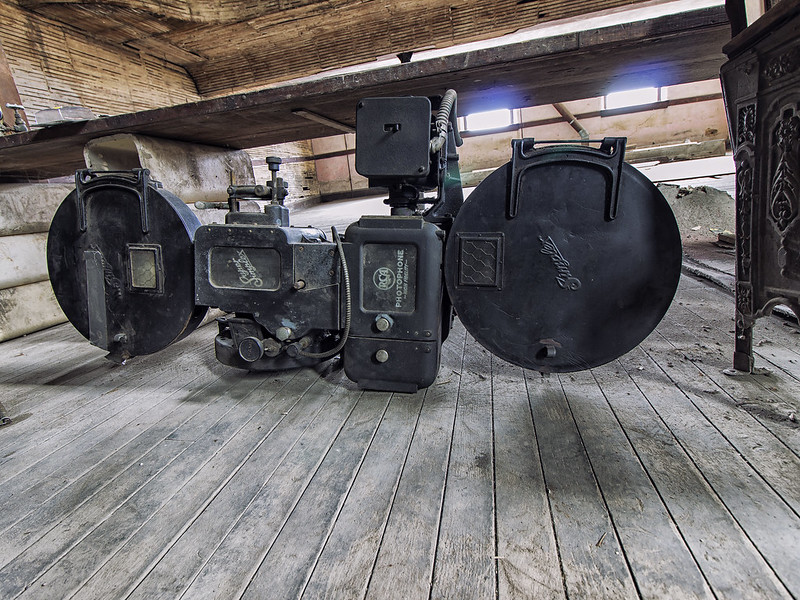
Invented by Alexander Graham Bell in 1880, the photophone was a device that transmitted sound on a beam of light. Bell considered it his most significant invention, even surpassing the telephone. The photophone demonstrated early principles of optical communication, a technology that would eventually lead to fiber optics and revolutionize telecommunications.
Automatic Car Navigation (Travtek)
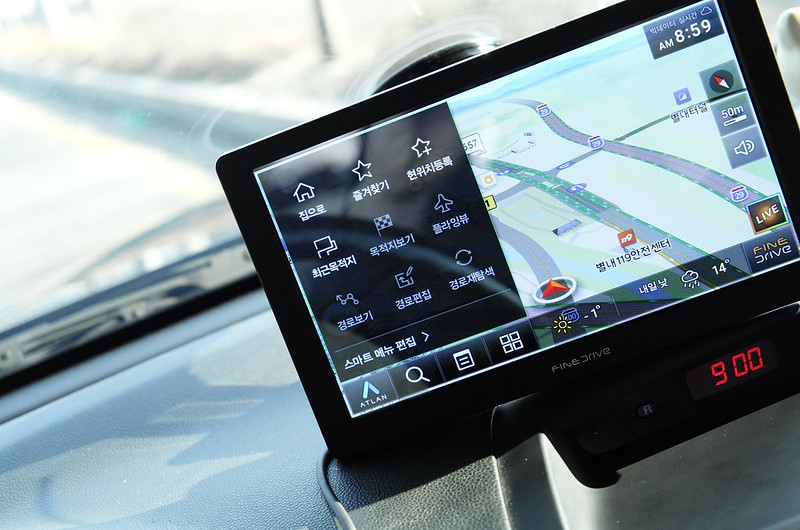
In the early 1990s, General Motors developed Travtek, an early in-car navigation system that used GPS technology to provide real-time route guidance. Although it was not widely adopted at the time, it laid the foundation for modern GPS navigation systems. Travtek’s integration of digital mapping and navigation was a visionary step in automotive technology.
Jetpacks
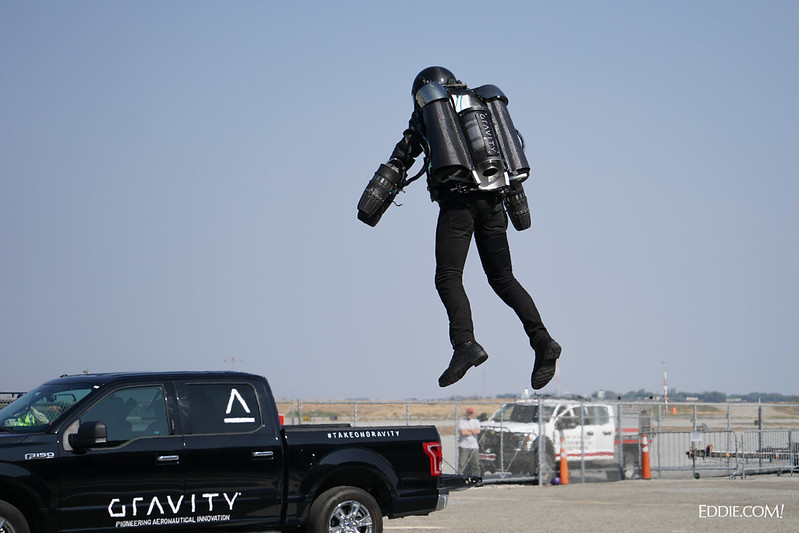
Early jetpack prototypes, developed in the mid-20th century, promised individual flight capabilities. The Bell Rocket Belt, for instance, allowed for short bursts of flight using a rocket-propelled system. Despite limited practical applications and short flight durations, jetpacks captured the imagination of the public and represented a bold step towards personal aerial mobility.
Magnetic Core Memory
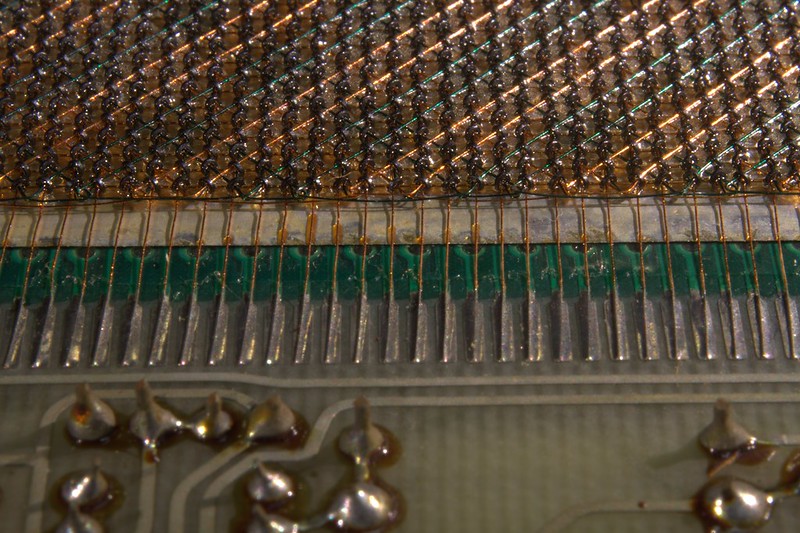
Developed in the 1950s, magnetic core memory was a form of random-access memory that used tiny magnetic rings to store data. It was a crucial technology in early computers, offering reliable and relatively fast data storage. Although eventually replaced by semiconductor memory, magnetic core memory was instrumental in the development of computer technology, demonstrating significant advancements in data storage techniques.
This article originally appeared on UnifyCosmos.
More from UnifyCosmos
24 Exceptional Cheeses and Ideal Pairings

In this article, we’ll introduce you to some of the most distinctive cheeses and suggest the best pairings to enhance their unique flavors. Read more!
20 Myths About Love and Relationships Exposed

By identifying and challenging these myths, we can build healthier and more fulfilling connections. Let’s explore some common false beliefs about relationships and uncover the truth behind them. Read more!
23 Food Facts You Thought Were True But Aren’t

Get ready to rethink what you know about your favorite foods! Read More!
Leave a Reply